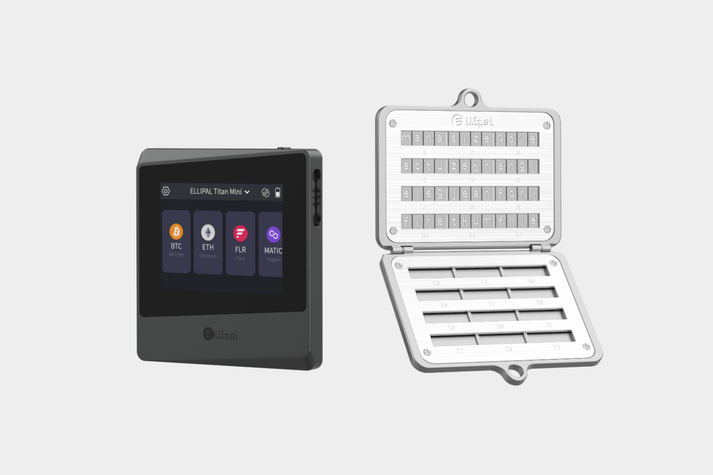Unlock Your Crypto Fortune: The Ultimate Guide to Securing Your Wealth!
In the rapidly evolving world of cryptocurrency, understanding how to secure your digital assets is paramount. With more people investing in cryptocurrencies, the importance of safeguarding these investments cannot be overstated. Leaving your crypto on exchanges poses significant risks, including potential hacks or sudden exchange closures. This is where a cold wallet comes into play—a more secure method for storing your cryptocurrencies. In this article, we’ll explore the ins and outs of cold wallets, highlighting their benefits and guiding you through the process of purchasing and setting one up. Whether you’re a new investor or a seasoned crypto enthusiast, this guide will serve as an essential resource for protecting your wealth in an increasingly digital world.

Understanding Cold Wallets
A cold wallet, often referred to as cold storage, is a type of cryptocurrency wallet that is not connected to the internet. This lack of connectivity makes cold wallets inherently more secure than their counterparts, known as hot wallets, which are online and more vulnerable to cyber threats. The technology behind cold wallets typically involves hardware devices or paper that store your private keys offline. This means that even if a hacker breaches an online exchange, your assets remain safe within your cold wallet. As the crypto market continues to mature, the need for secure storage solutions like cold wallets has become increasingly important for protecting your investments.
Benefits of Using a Cold Wallet
Investing in a cold wallet comes with several advantages that make it a superior choice for cryptocurrency storage. First and foremost is enhanced security; cold wallets are immune to online hacks, phishing attacks, and malware, which frequently target hot wallets. For instance, in 2020 alone, several exchanges suffered significant breaches, resulting in the loss of millions of dollars' worth of cryptocurrencies. Moreover, cold wallets are ideal for long-term storage, making them a preferred option for individuals who intend to hold their investments for extended periods. The peace of mind that comes with knowing your assets are offline and secure can outweigh the convenience of quick access through hot wallets.
Types of Cold Wallets
There are primarily two types of cold wallets: hardware wallets and paper wallets. Hardware wallets are physical devices that securely store your private keys and are designed to be used with a computer or mobile device when making transactions. They offer robust security features, but they come with a cost. On the other hand, paper wallets involve printing your private keys on paper, which can be stored securely. While paper wallets are free and immune to online attacks, they can be more susceptible to physical damage or loss. Understanding the pros and cons of each type is crucial for making an informed decision about which cold wallet to use for your cryptocurrency storage needs.
How to Purchase a Cold Wallet
Buying a cold wallet is a straightforward process, but it requires careful consideration to ensure you choose a product that meets your needs. Start by researching different brands and models, paying attention to their security features, user reviews, and overall reputation. It’s essential to purchase from reputable sources to avoid counterfeit products that could compromise your assets. Once you’ve narrowed down your options, consider factors like ease of use, compatibility with your cryptocurrency, and any additional features that may enhance your experience. Taking the time to choose the right cold wallet can be a vital step toward securing your digital wealth.
Setting Up Your Cold Wallet
Setting up your cold wallet is a crucial step in ensuring the security of your cryptocurrency. Begin by following the manufacturer’s instructions to generate your private keys, which should be done in a secure environment, free from any potential malware or surveillance. Once your keys are created, you can transfer your cryptocurrency from your hot wallet or exchange into your cold wallet. Best practices include regularly backing up your wallet and storing the recovery phrase securely. Avoid common pitfalls such as sharing your private keys and ensure that your cold wallet remains in a secure location. This diligence will help safeguard your investments against potential threats.
Securing Your Digital Assets
In conclusion, utilizing a cold wallet for cryptocurrency storage is a vital strategy for protecting your digital assets. We’ve discussed the fundamental differences between cold and hot wallets, the benefits of using a cold wallet, and how to choose and set one up effectively. As the cryptocurrency landscape continues to evolve, prioritizing security is essential for safeguarding your wealth. By taking action to invest in a cold wallet, you’re not only securing your assets but also embracing a proactive approach to your financial future. Don’t leave your investments to chance—make the smart choice for your cryptocurrency storage today.






